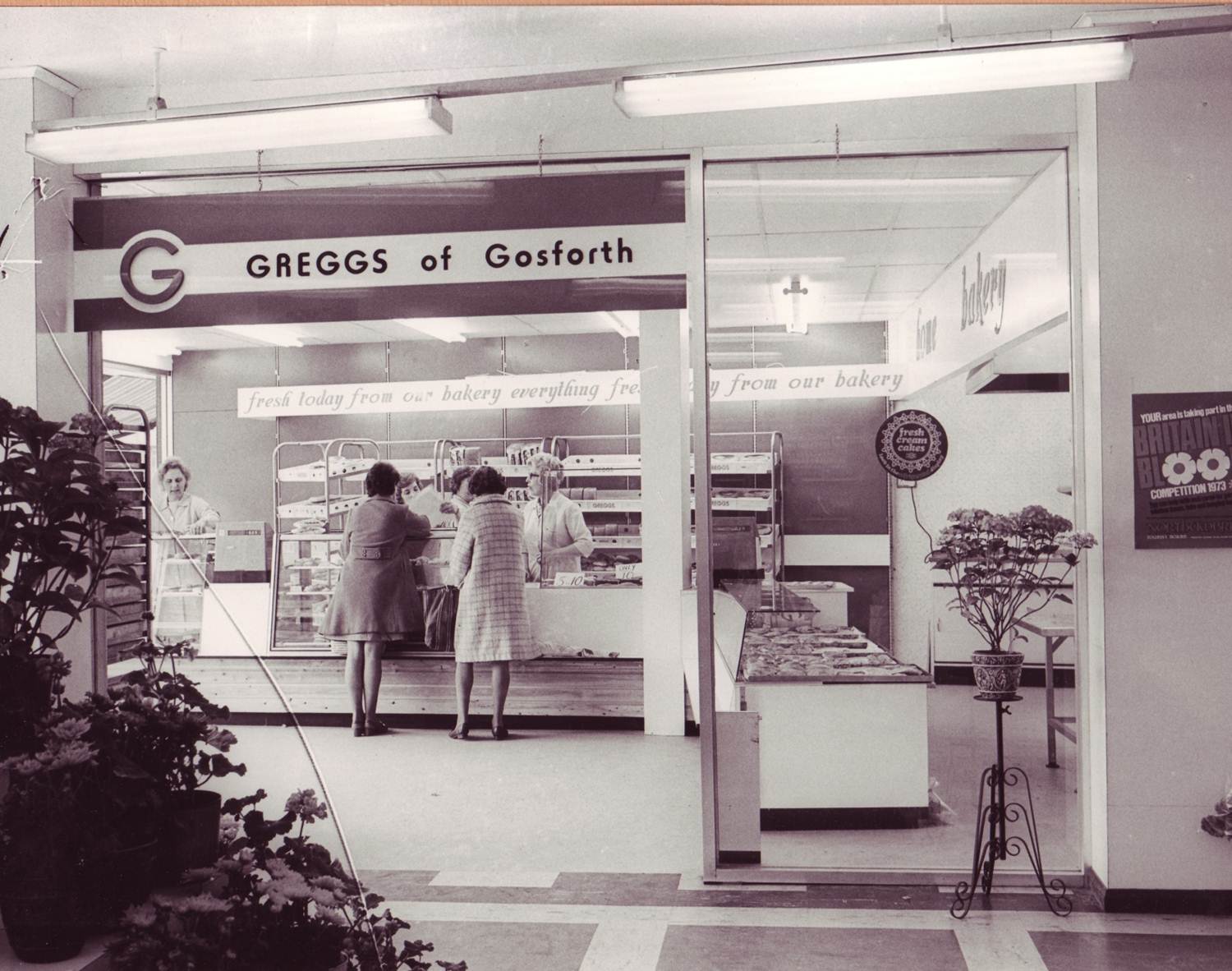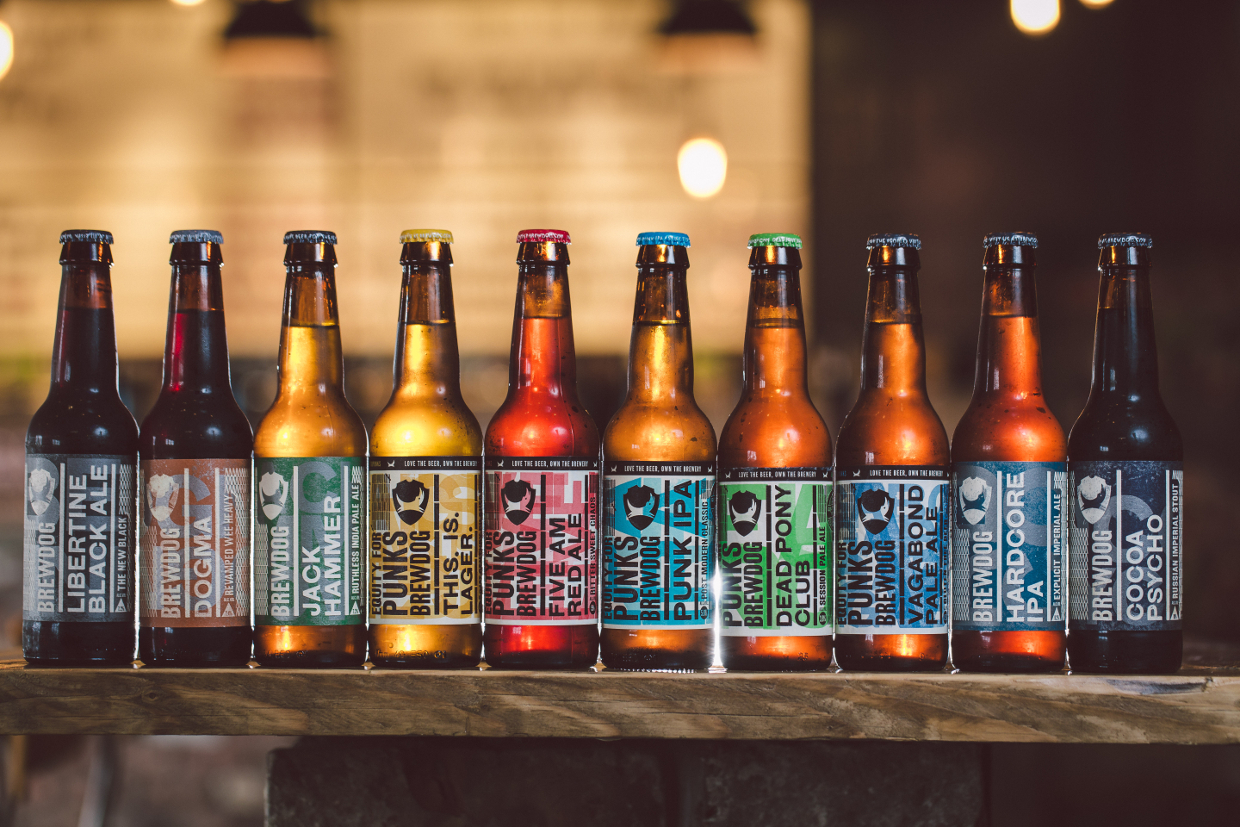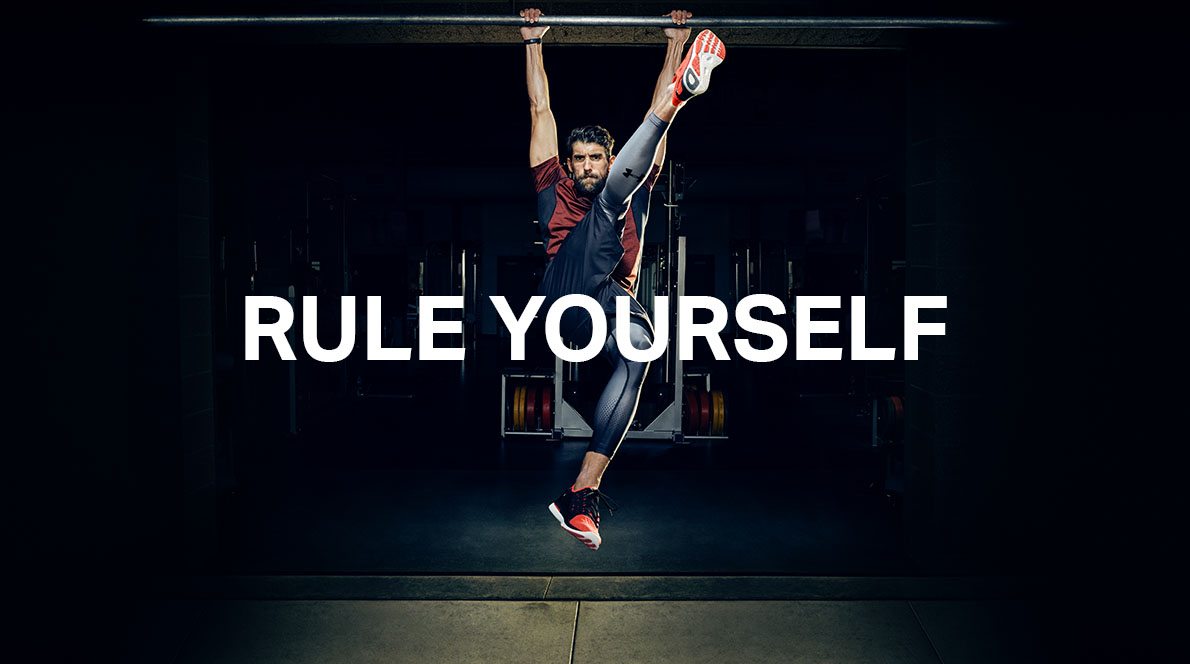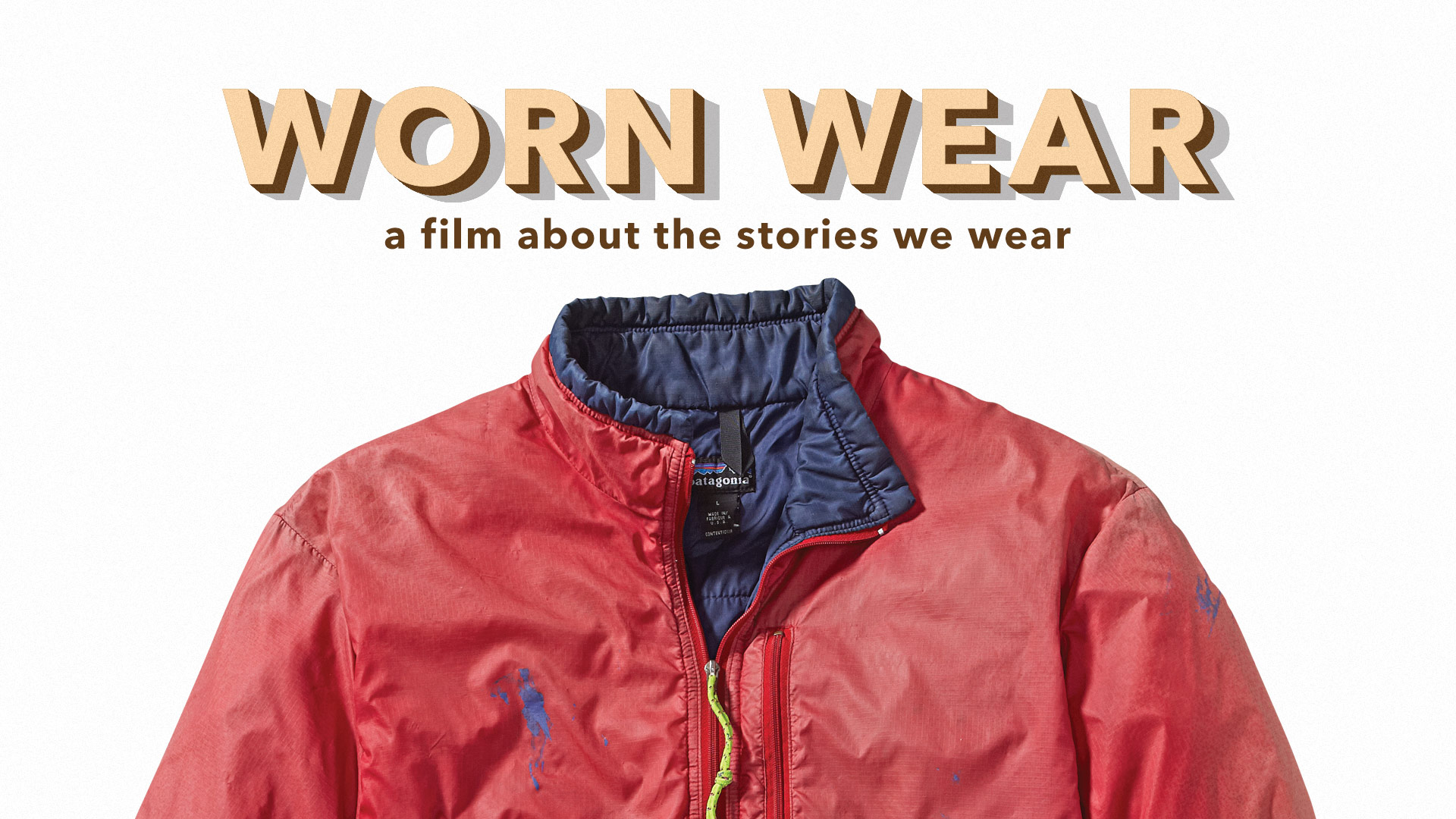Brand stories are the backbone of many successful companies. Not only do they give customers an insight into the hard work that goes into starting up a business, they also help build your brand image and show off your personality. Unsure of an angle to structure your narrative? We’ve written a guide that will help you craft an incredible story that will attract new customers, build trust and increase loyalty to your brand.
What is a Brand Story?
A brand story is the series of events that led to your business existing, as well as how you’ve grown your business. This incites an emotional reaction from customers, rather than simply showing or telling your brand/products like in traditional advertising.
Why Do You Need a Brand Story?
An authentic brand story will create invaluable emotional connections between you and your customers. If customers can see how and why your business started, invaluable trust will start to build which will eventually transform into loyalty; the ultimate end goal for any business.
“Small business owners often set up their business to make a difference, to bring a quality product or service to market,” Jane Binnion told Simply Business; “Increasingly customers want to know the backstory to a product and small business owners usually have a more interesting story to tell than a corporate.”
We Are Scientifically Drawn to Stories
The New York Times published a ground-breaking article describing how we respond to storytelling and the descriptive power of narratives in an incredibly strong way. It told how scientists at the University of Toronto found the brain doesn’t make a large distinction between reading about an experience and actually encountering it in real life.
According to Kieth Oatley, a professor of Psychology at the University, stories “run on minds of readers just as computer simulations run on computers.” Stories actually evoke real feelings in humans. This emotional connection between minds and stories is a powerful one and therefore should not be underestimated in Marketing.
“Stories are the perfect catalyst to building brand loyalty and brand value” claims Susan Gunelius, President and CEO of Marketing Communications company, KeySplash Creative; “when you can develop an emotional connection between consumers and your brand, your brand’s power will grow exponentially.”
How do you shape your businesses’ history into a compelling story that will resonate with your customers? We’ve rounded up the key elements you can incorporate into your own brand story.
How to Write a Brand Story That Works
Who are your main characters?
Have the businesses owners been running the show since Day One? What drove them to start the business? The easiest thing for people to relate to is, unsurprisingly, other people. Brands, like humans, have to be unique. If you are self-employed, using yourself is the perfect way to differentiate your brand from others! Using your own story in your marketing will help build authenticity and trust which is essential to keep customers loyal.
The story of Richard Branson is the story of Virgin itself. Few today are unaware of Branson starting the Virgin Group from one magazine venture, battling dyslexia to build his Empire. Their charismatic founder is one of Virgin’s biggest selling points and is emphasised as an integral part of their story.
His face is the first thing you see when you go into Virgin’s website and the site is peppered with articles about his achievements and activities. Virgin want Richard’s accomplishments to reflect onto their audience; “Dream On” is their current leading tagline.
How have you grown?
There’s a reason why coming-of-age stories are hugely popular in literature and films. Customers love seeing how businesses started small and grew into the thriving companies they are today.
Gregg’s showcases this point perfectly on their website. Their “About Us” page tells the narrative of John Gregg’s original, small bakery in Gosforth, Newcastle. Emphasising their humble beginnings casts the national powerhouse into a positive light, pulling on the heartstrings of readers who are happy for his success.
![]()
What obstacles have you overcome?
Has your business flourished despite a declining market? Did you grow with very little external investment? Susan Gunelius stresses that, like in popular fiction and storytelling, your audience will root for your business through these obstacles, further strengthening their alignment with your brand.
Brewdog is one of the biggest business success stories of the 21st Century. However, the money wasn’t always rolling in. The brewers almost missed out on their big break with Tesco due to a lack of funding and inability to meet the supermarket’s product demand. They now publicise how they “lied” to the bank to secure more funding; after one bank turned them down, they went to another and, through gritted teeth, asked them to beat the other banks “offer”. Although very controversial (and not a recommended funding tactic), this story aligns perfectly with their brand message of rebellion, revolution and going against the grain.
![]()
What problems do you fundamentally solve?
The conclusion of your brand story should always end in how the business solves problems for its customers. Ensure your story clearly leads to this point. A completed narrative where the business succeeds in helping the customer will evoke a positive reaction and is an ending in which the customer can actually be a part of. How do you make their lives better?
Sportswear brand Under Armour doesn't just sell sportswear. They claim to “Make All Athletes Better”. Through passion, design and the relentless pursuit of innovation, they have waged war against “the enemy”, cotton, to solve the common problems it poses athletes during performance. Their founder, Kevin Plank, was a former football player and uses his sporting experience to help authenticate his brand’s story.
![]()
What’s the moral of the story?
All great stories project a moral lesson. Make sure the moral of your brand’s story reflects your core values and beliefs to strengthen your customer’s alignment with your brand. Use your core values as a business and show what practical steps you can take to adhere to these values. Authenticity can only be achieved if you are honest!
Twitter’s mission is to give everyone the power to create and share ideas and information instantly, without barriers. Their core value of sharing information freely is adhered to by making the platform free to use for anyone. The moral of their story is that communication barriers should be broken, and their technology platform will take steps to break it.
![]()
Is this the end?
Your story doesn’t have to finish here. Explain to your customers how you are going to grow and develop further, and encourage them to join you on this journey. Allow customers to become part of your story by purchasing from you. When they buy from you, not only do they buy part of your story, but they actually support the continuance of it. The key is to make customers want your story to continue!
Patagonia demonstrates this perfectly by describing their clothing products as Worn Wear. Customers share their stories of purchasing and wearing the clothing, which are then showcased on the website (this idea was so strong, they even made a film about it!). When a customer purchases a coffee, light fixture or whatever product and service you sell, sell them your story too.
![]()
Have you got a clearer understanding of how a memorable story can attract customers? The way we are drawn to stories helps build the bridge between business and customer, forming an emotional connection which helps keep customers loyal to your small business. If you’re looking for an example that’s close to our heart, check out the instantprint brand story here.

 (1).png)









.jpg)